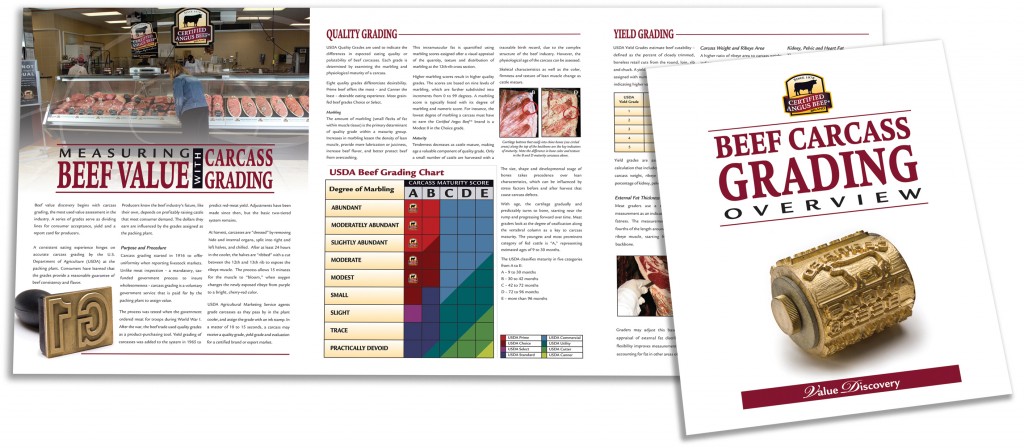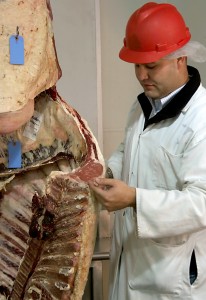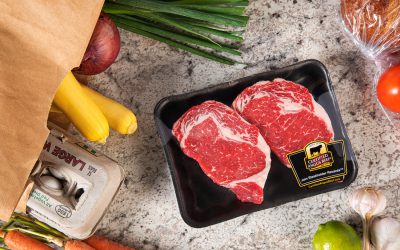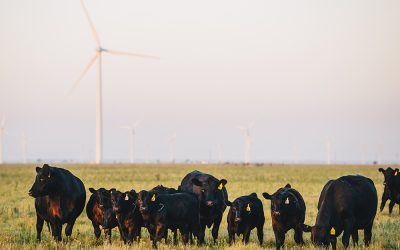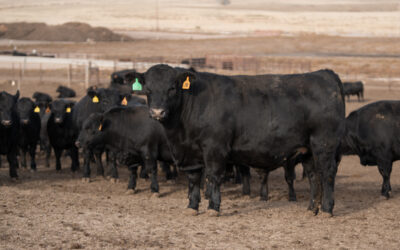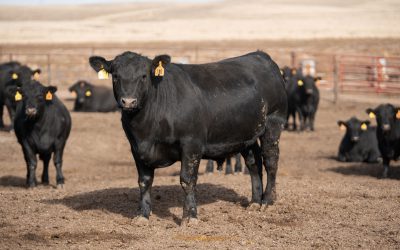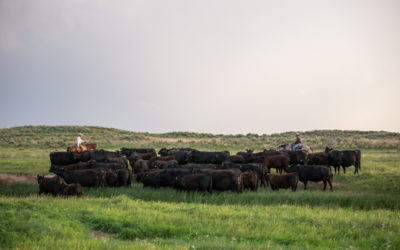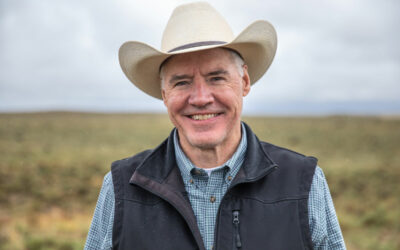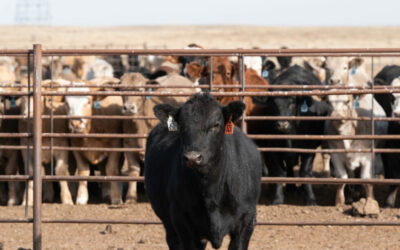
How’d they grade?
December 20, 2011
A million years ago, or, maybe more like 38 years ago, I sold my first steer to MBPXL in Wichita, KS through our county fair livestock sale. I’m not remembering what it brought, but fifty-eight cents a pound, live, sticks in my mind.
Then, as now, most cattle are traded on a live or cash in-the-beef price (priced on the hot carcass weight). Others are sold on a grid where premiums exist for USDA Choice, Prime, CAB and other branded beef programs, and discounts for those that are overly fat (excess outside fat) or “underly” marbled; carcass weights over the 1,000 lb limit; carcasses that are under 550 lbs, or carcasses deemed to be too old to qualify for the higher quality grades.
When people used to say, “how’d they grade?” I had no idea, really, what quality grades, or yield grades were! At least not until I got into college, and took some meats courses. I found out I was not alone; in fact, it has downright surprised me how many professionals in the industry (who are not directly involved in the end product business of the industry) DON’T understand how animals are graded. I suspect there are others out there that don’t know either.
In today’s world, where a larger share of the cattle are marketed on a grid and paid premiums for what the market wants, “How’d they grade?” means what percentage of USDA Choice were in the harvest mix…….was it below or above the industry average. And a Yield Grade 4 or 5, what’s that mean in the term “grade”? It’s time to learn, know, research and absorb.
First of all, not all plants have USDA employees who do quality and yield grading. All plants must be inspected by the USDA to ensure certain food safety regulations and harvest practices. So a packing plant will have USDA inspectors who make sure all the rules are being followed to ensure a safe beef product and supply, but not all plants are “graded” plants; i.e. those who assign quality and yield grades to beef carcasses.
Grading is VOLUNTARY, and plants can choose whether or not to pay for that service. In order to process beef animals, plants must be inspected, but do not have to be graded. Many small plants are not graded plants.
In our publication, “Beef Carcass Grading Overview” (which you can get a free copy of by calling the Ohio office at 330.345.2333) the entire process is explained quite clearly.
In a nutshell, however, here’s the “skinny:”
Beef carcasses at “graded” plants are assigned a USDA Quality Grade and a USDA Yield Grade. Quality grades for market steers and heifers are, in descending order of quality:
These grades are determined by the USDA grader, and possibly by a camera which captures a digital image. Quality grade is a visual, or in the case of a camera, a digitized image of the amount of marbling, or intramuscular fat in the ribeye.
Approximately 24 hours after harvest/slaughter, the carcass is “ribbed” between the 12th and 13th rib and that open “face” of the ribe eye muscle (longissimus dorsi) is exposed to the USDA grader. The more marbling, or “flecks” of white fat in the muscle helps determine the quality grade.
The amount of marbling in the meat determines quality, because it adds more taste and juiciness to the product. A highly marbled ribeye wil be stamped “Prime” or may have three little “USDA” stamps on it. A carcass that has a little less marbling will be stamped “Choice” or may have two small “USDA” stamps put on it; a “Select” carcass has very little marbling and will get stamped as such, or with one small USDA stamp.

A USDA “Standard” carcass has practically no marbling in it. Considered the lowest quality, it is often refered to as a “no-roll,” (graders used to use a rolling stamp on carcasses that showed what quality grade the carcasses were…..those with no “roll” of grade on it were “Standards” or, again, “no-rolls”.
There’s a lot more to understanding the question “How’d they grade,” but this is a good start. We’ll get into more later this week. Until then, Adios!
You may also like
Beef up your cooking
Before I started my job with Certified Angus Beef all I knew about steak is I wanted it medium-rare. My mom burns food and it doesn’t matter if it’s garlic toast or steak. So I was not used to getting medium-rare steak…
Champions on the hoof and under the hide
Alexis “Lexi” Koelling has been pulling a heifer around since she was three. Now 15, she’s no stranger to the winner’s circle, but you wouldn’t know by talking to her. You’d have to prod her a bit to find out she won Grand Champion in both the carcass steer and bred-and-owned carcass steer at the National Junior Angus Show this summer. It’s her 5th year in that competition, her second bred-and-owned.
Sustaining common ground
Steve knows that while consumers’ intentions are good, they aren’t always backed with the most accurate information. He explains points of sustainability on his ranch.

